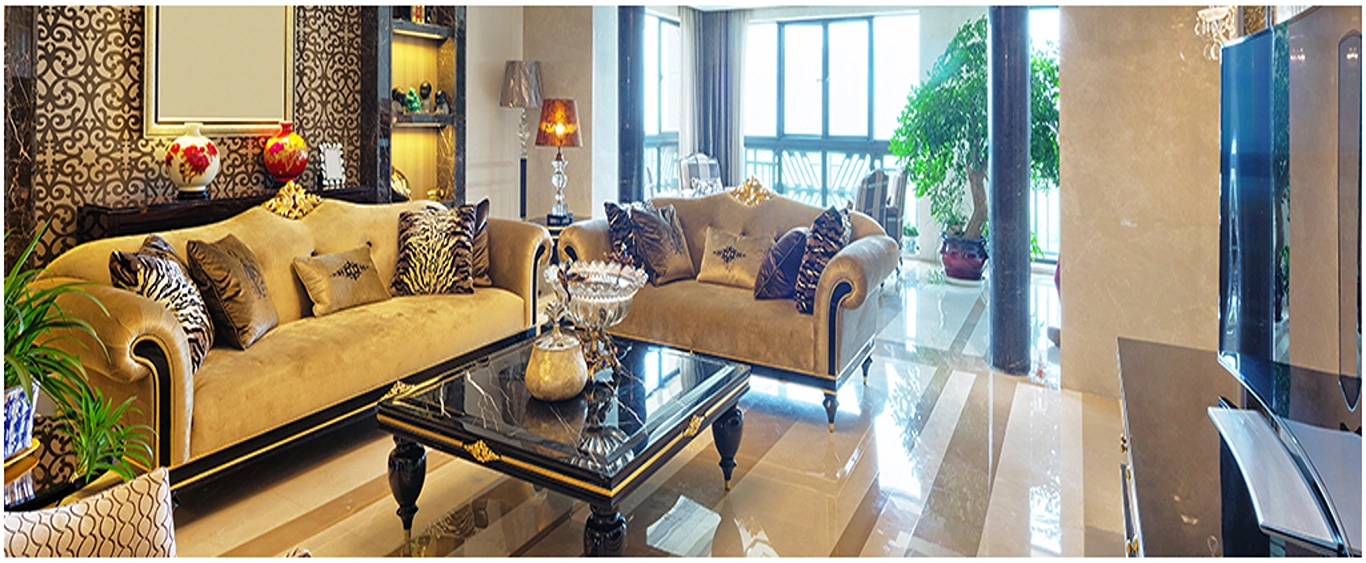Smart luxury homes are becoming increasingly intuitive and more intelligent with remotely controllable home appliances, hydroponic gardens, as well as alterable furniture and storage. However, today’s smart home is not just about buying the latest gadget and installation but is all about customization and synchronization. This includes features that enhance your lifestyle while improving the aesthetic design as well.
Our homes need to be adaptable to adjust to the environmental and technological change. Some of the important considerations include positioning doors, windows, and spaces correctly and bearing in mind the plans for possible modification or expansion. It is essential for builders to get these basic principles right. A smart luxury home needs to be technological agile. Technology can be added wherever you wish but the orientation must be correct. Designers of smart luxury homes start thinking about items such as power points, solar panels, optic cabling that are viable for IT and communication before they design their homes.
Some of the unique products manufactured for smart luxury homes include electric and gas systems, multi-functional walls with the ability to conceal water, storage cabinets, and kitchen workbenches. The needs of a smart kitchen should conform to individual lives of residents. They should be creating their personal space by defining the functions that are essential to them. It should also embody their life plans that are always dynamic.
The smart homeowner can sync the appliances to control systems that are home-automated. For example, a smart oven allows you to receive the preheat notifications, view the oven’s temperature, time alerts or monitor the internal food temperature. Smart features and notifications also offer an assurance of safety to the homeowner. You will also find built-in refrigerators that are compatible with all these systems. These home-automated control systems have become a key feature of the smart luxury homes.
Personalised For Convenience
A smart home makes daily tasks simpler for homeowners. This includes everything from setting a security alarm to switching the lights to managing the cooling and heating systems of a home. If all the appliances and devices within a home are connected, then life will be much more convenient allowing them to communicate and synchronize with each other. This anticipates the actions and habits of the homeowner to allow them to live a comfortable and convenient lifestyle. The abundance of technical gadgetry made available for homeowners today include portable video intercom systems, refrigerators with internet screens, eye retina scanning door locks and fingerprints, and electrically operated curtains.
Homes are only considered smart as they enhance the quality of life for those who live in them. Smart homes with too many controls and buttons can take weeks to learn how to operate them and thus it is not smart. A real smart luxury home should have a personalized technology with the necessary functions needed by a user. It should also be user-friendly. Spaces should not be interrupted by technology regardless of the style of the interior design. The look and feel of the home should blend well with the smart technology. The most significant element is to seamlessly connect and integrate the required technology with a good and efficient design.
There are several types of smart home gadgets that can be used to achieve the desired appearance in a luxury home.
Smart Beds
Smart beds have a mattress that is constructed with a patented smart fabric that can senses changes in pressure while responding to your body in real time. The bed also delivers data in the morning that can help you improve your sleep.
Smart Thermostats
Smart thermostats can be controlled remotely. The thermostat has the ability to study and memorize your home heating and cooling preferences over a certain period. It then regulates your air conditioning and heater accordingly.
Smart Gardens
Smart gardens are soil-free indoor gardens with the ability to grow plants five times faster than soil. The garden regulates the light for optional growth conditions. Smart gardens can be linked to an app that gives information about when the plants need more nutrients.
Recommended blogs







